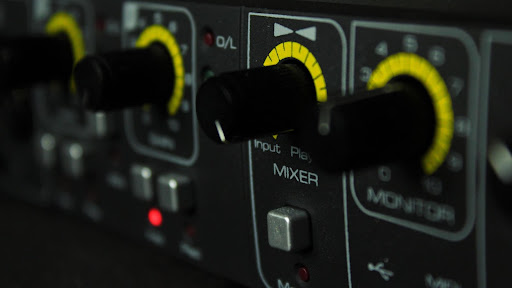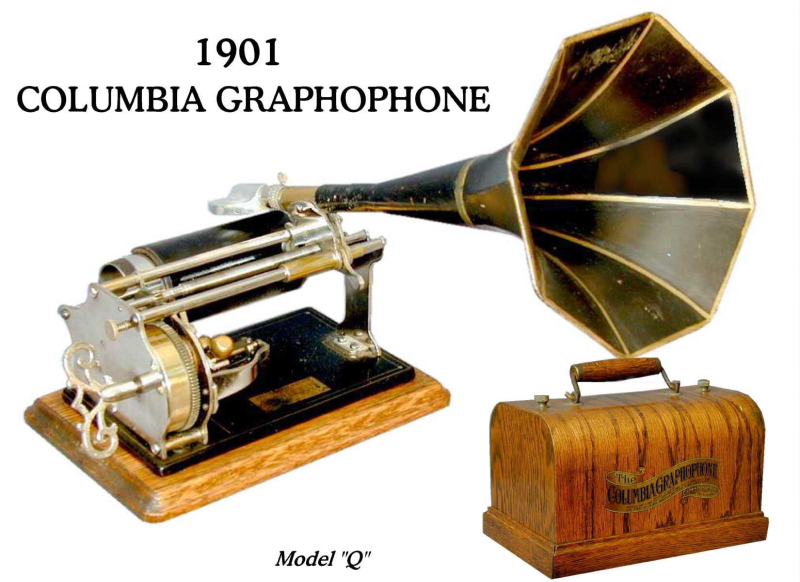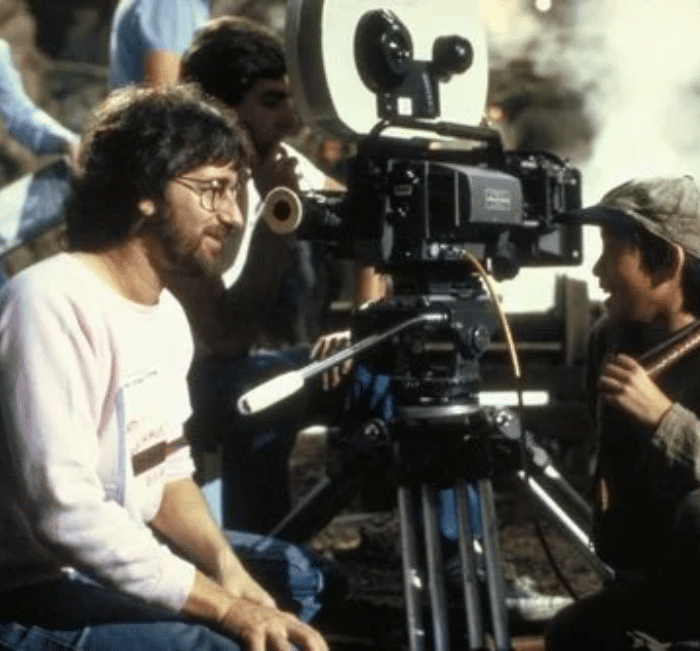
In the midst of the boredom brought about by the lockdowns, it seemed like everyone was suddenly dipping into recording music. From TikTok stars bagging major record deals to superstars like Taylor Swift suddenly releasing self-produced albums, the recorded music industry is booming with renewed interest.
This has swelled its total global revenue to $21.6 billion (A$28 billion) in 2020, according to the International Federation of the Phonographic Industry (IFPI).
But while singers and songwriters are taking most of the fame, you too can have a piece of this profitable pie. By investing in vintage high-end studio equipment, you can purchase a piece of musical history that will mean additional assets for you.
In this issue, let’s take a deep dive into the business of vintage high-end studio equipment, why it matters, and how you can get started.
Table of Contents
The history of studio recording
The fathers of studio recording were the 19th-century inventors Thomas Edison and Alexander Graham Bell, who masterminded the phonograph industry. After Edison invented the phonograph in 1877, Graham Bell progressed this technology with the graphophone.

This was further developed by Emile Berliner, whose flat discs inspired modern vinyl records, in 1887. This was ultimately the medium which would be mass produced for global recordings.
During these times, songs or musical pieces were played in real time and captured on master discs. In 1889, the very first dedicated recording studio was built by the New York Phonograph Company.
After World War II, German inventor Fritz Pfleumer’s magnetic tape innovation become public knowledge. This would eventually birth tape-based recordings like the compact cassette. For decades, this format would be the professional medium of choice. In the 30s and 40s, movies and television were gaining mainstream popularity and Pfleumer’s invention made it easier to record soundtracks.
These tape formats would only be overtaken by digital CD recordings in the 80s. At this point, aside from analogue tapes, recording studios used consoles for sound mixing as automation was still costly.
Notable recording studios around the world
Today, there are countless studios around the world. Through the years, though, a few recording studios have overseen the creation of hit tracks which have subsequently earned them fame. A few of these are:
Abbey Road Studios
Abbey Road Studios in Abbey Road, London. The Beatles famously recorded some of their albums here, but they also took their iconic pedestrian photo across the building. Other artists who have recorded here are Lady Gaga, Pink Floyd, and the London Symphony Orchestra who made music for the Harry Potter films.
Capitol Records
Across the pond, Capitol Records in Hollywood has recorded the likes of Frank Sinatra, Daft Punk, and Oasis. Located in the equally famous Capitol Records Tower, there is a persistent rumor that Sinatra’s microphone is still in the studio.
Bernie Grundman Mastering Studios
Renowned sound engineer Bernie Grundman is the namesake behind the Bernie Grundman Mastering studios in Los Angeles and Tokyo. Thanks to his reputation as an exceptional producer, his studios were chosen for recording hits like Thriller, Purple Rain, and The Chronic.
Studios 301
Previously called EMI Records, Australia’s Studios 301 is the largest and oldest recording studio in the country. Established in 1926, Studios 301 has hosted international artists like David Bowie, Prince, Coldplay, and Snoop Dogg.
How studio equipment has evolved over time
Some of the most significant strides have been made in digitalization, automation, and mobility. Nowadays, digital audio workstations (DAW) can streamline the recording, production, editing, and mastering of audio files. These are substantially more compact and affordable, making music recording more accessible.
Examples of common DAWs are Audacity and GarageBand, both of which are free. The latter has even been used by artists like T-Pain, Rihanna, and John Mayer for their tracks. The record-breaking Rihanna song Umbrella even used the Vintage Funk Kit 03 from the software.
There has also been a proliferation of audio treatment panels, reflection filters, and even dynamic microphones like the Shure SM57 in the mainstream market. This means that it is much easier to build your own home studio.
However, professional-level recording studios are also evolving to navigate new technologies. Just last year, the Abbey Road Studios has undergone a makeover. It recently added two new recording suites aimed at modern producers who can make do with a smaller, more affordable option. In these spaces, they’ve added new Neve and Solid State Logic (SSL) desks and updated Pro Tools. However, they still offer their archive of vintage gear since these provide unmatched quality and texture.
This takes us to our main agenda, which is the timelessness and value of vintage high-end equipment. As witnessed in Abbey Road, although modern innovations have certainly opened the door to convenience and flexibility, vintage studio equipment has unmatched qualities that mean they’re not going anywhere.
Vintage high-end studio equipment: why are they so valuable?
Music is inherently nostalgic. Hence, it should be no shock that even the equipment used to record it increases in value and reputation based on the time and piece it was a part of.
Take for instance, the Fairchild 670 variable mu dynamic-ratio stereo compressor/limiter. Although its hefty and imposing structure goes against almost all modern-day design philosophies (it weighs more than 30 kilograms and uses 14 separate transformers), the Fairchild imparts a unique signature “golden glow”. The fact that it was also used on almost every Beatles recording only adds to its status. Currently, it is difficult to find a Fairchild for sale, and they may cost upwards of $36,000 AUD.
Investing in vintage high-end studio equipment is like being a vintage car collector. The rarity and finite number of suppliers, parts, and technicians only amplify their value. Modern day companies who create digital alternatives themselves say that the authenticity of the vintage is difficult to compete with. Think of it as buying a replica rather than the original. It ultimately serves the same purpose; however, it lacks the original vibrancy.
Some of the most famous collectibles
Aside from the above mentioned Fairchild, here are some more vintage high-end pieces that are held in high regard:
Neumann U87 AI
One of the most popular microphones manufactured by German company Neumann, this microphone is studio standard. Predecessor of the world’s priciest microphone (the vintage Neumann U67 Tube Condenser), the Neumann U87 AI vintage mic is just as respected and sought after.
Originally released in 1967, it has a distinct sound that influenced many records in the 60s. For the last 50 years, this large diaphragm condenser mic is known for its round sound with a low end. A versatile unit, the U87 AI can be used for vocals and full orchestras.
Universal Audio 1176 Compressor/Limiter
Created by Bill Putnam Sr. in 1968, the Universal Audio 1176 Compressor/Limiter underwent nine revisions over several years. Models under the vintage 1176 are assigned letters (A, A/B, B, C, D, E, F, G, H) to differentiate each one. Among these revisions, C, D, and E (the first models with the LN circuit) are considered the most renowned. Regardless, the 1176 is a classic dynamic range compressor that signaled a shift from vacuum tubes to solid-state tech.
Roland RE-201 Space Delay
Released in 1974 at the height of the decade’s synth revolution, the Roland RE-201 Space Delay audio effects unit made an impact with its delay and reverb effects. Using a tape delay, the Roland RE-201 Space Delay creates a unique “otherworldly” atmosphere—hence, the name.
Aside from this, the RE-201 offers input options for mics and instrument signals. Still a studio staple, the original models from the 70s are distinguishable with their green, black, and silver faceplate.
Reminders for budding collectors
Upkeep can be costly but not impossible
The older the equipment, the more limited spare parts likely are. This is especially true for “out-of-print” models, as any new components are just copies. Thankfully, with the advent of the Internet, it is easier to source out parts and legitimate suppliers. Just ensure that the pieces you buy can be authenticated. Unless you’re absolutely confident in your technical skills, it’s also better to just pay a seasoned specialist for any repairs.
Using your vintage equipment actually helps
It may be counterintuitive but keeping vintage equipment in storage can do more harm than good. Unless you have museum-grade storage, idle pieces can gather dust, be prone to moisture, develop rust, and more. Every so often, run your devices to “warm” the components and so you can assess if anything sounds off. Even if you’re not very musically-inclined, you can still use this opportunity to use your voice for extra income.
History is where the real value lies
In all honesty, there is no guarantee that vintage pieces will forever hold value. As more platforms for selling (estate sales, social selling, etc.) get popular, there is a likelihood that the market can get saturated. To future-proof your investment, try to look for pieces that have a story.
After all, Eddie Van Halen’s Wolfgang owes much of its legacy to the musician it’s attributed to. Though not all pieces have as clear a way to document their past, many vintage dealers will be happy to share backstories with serious buyers.
When thinking of investments, vintage recording equipment is not always top of mind. However, considering that music consumption continues to rise and a diversified investment portfolio can be more profitable, it may be time to indulge your inner musician.











